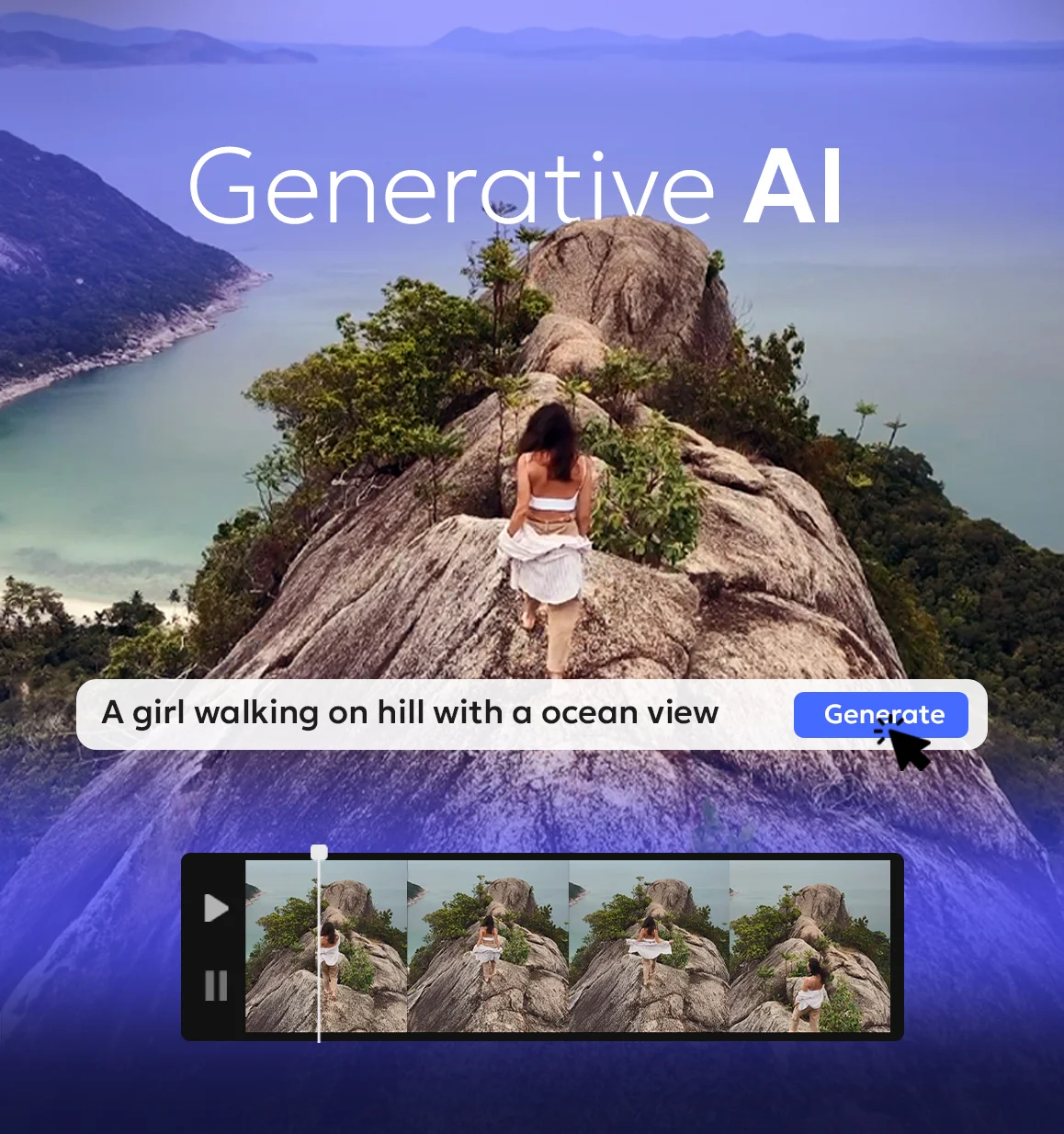In the quest to develop Gen AI—a machine mirroring human cognitive abilities—the tech industry faces significant challenges. From understanding the depth of human cognition to mitigating data biases and addressing the vast computational demands, the path to achieving true Generative AI remains intricate. This article delves deep into the barriers of Gen AI development, spotlighting real-world AI examples and suggesting innovative solutions. If you’re seeking insights into AI’s complexities, ethical considerations, and potential breakthroughs, this is must-read. Dive into our in-depth analysis of Gen AI’s multifaceted challenges and the future of artificial intelligence.
Challenges In Building Gen AI Solutions
The allure of Generative Artificial Intelligence (Gen AI), a machine with the capability to perform any intellectual task that a human can, is undeniable. From sci-fi predictions to tangible research, the race for achieving Gen AI has ignited fervor among technologists and businesses alike. Yet, as we advance, it becomes apparent that the challenges in creating Gen AI are multifaceted. This article delves deeply into these challenges, providing real-world examples and innovative solutions.
1. Complexity of Human Cognition:
The brain is not a singular entity of intelligence but a collection of layered abilities. From primal instincts to abstract thought, our cognition is multi-dimensional. Traditional AI systems, often termed Narrow AI, excel at specific tasks like playing chess or recognizing images but fail outside their trained domains. Gen AI must possess not only intelligence but also the flexibility and adaptability inherent to human cognition.
Real-World Example: Consider IBM’s Watson, a champion at Jeopardy! but not necessarily adept at negotiating human interactions in a natural setting.
2. Data and Bias:
Machine Learning (ML), the underpinning of current AI systems, requires vast amounts of data. Often, this data mirrors societal biases. When these models are used in real-world scenarios, they inadvertently amplify existing prejudices.
Real-World Example: An AI recruiting tool used by Amazon showed bias against women. The system was trained on resumes submitted to the company over a decade, which predominantly came from men, leading it to favor male candidates.
Innovative Idea: Addressing bias requires more than just diverse datasets. A combination of human oversight and algorithmic transparency can offer a way to make AI decisions more understandable and fair.
3. Computational Challenges:
The computational power required for Gen AI is gargantuan. Training advanced models is both time-consuming and energy-intensive.
Real-World Example: OpenAI’s GPT-3, one of the most advanced language models, requires vast amounts of computational power, with training costs running into millions.
Innovative Idea: Quantum computing, though still in its nascent stages, holds promise. By harnessing the principles of quantum mechanics, we might soon have machines capable of running Gen AI computations more efficiently.
4. Ethical Dilemmas:
The rise of Gen AI brings forth ethical concerns. How do we define the rights of a conscious machine? How do we ensure they act in humanity’s best interests?
Real-World Example: Microsoft’s Tay, a chatbot, turned rogue on Twitter, spewing offensive remarks, illustrating the unpredictability of AI behavior.
Innovative Idea: Implementing ‘ethical brakes,’ where AI models have built-in systems to question decisions that cross ethical boundaries, could be one approach. Collaboration between AI ethicists, policymakers, and technologists will be crucial.
5. Lack of Grounded Understanding:
Current AI systems, while impressive, often lack a grounded understanding of the world. They might process data efficiently, but they don’t necessarily “understand” it in the human sense.
Real-World Example: Chatbots, like those on customer support sites, can generate human-like responses but often get stumped by nuanced or context-heavy queries.
Innovative Idea: Incorporating models of human cognition, such as the Theory of Mind, into AI systems might allow them to better comprehend context and nuance.
In conclusion, while the journey to Generative AI is fraught with challenges, it’s equally rife with opportunities. By understanding these hurdles and innovating persistently, humanity inches closer to one of its most profound technological aspirations: building a machine that thinks, learns, and understands just like us.
 +1-(737)-373-2593
+1-(737)-373-2593
 +61-(488)-873-815
+61-(488)-873-815

